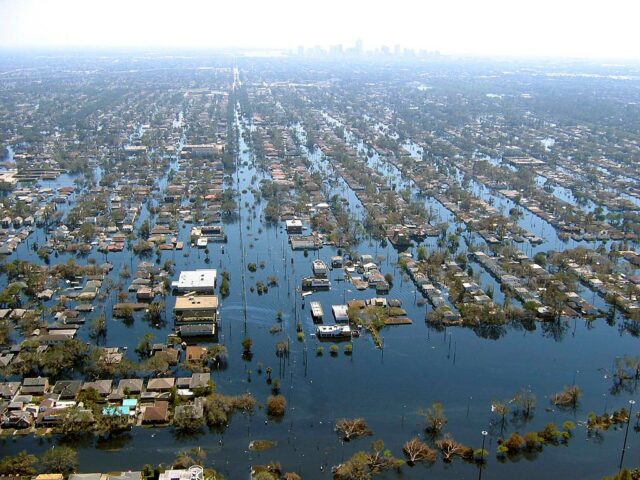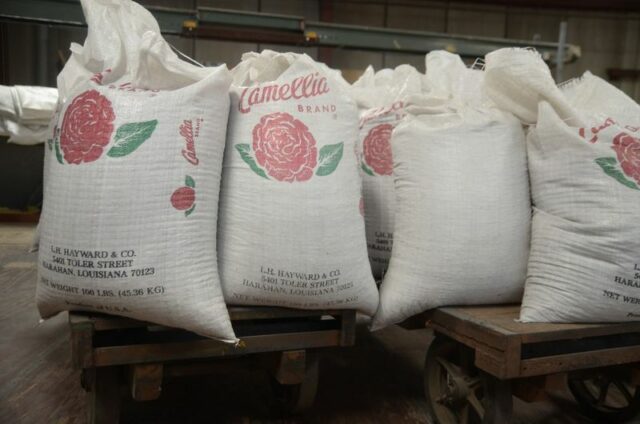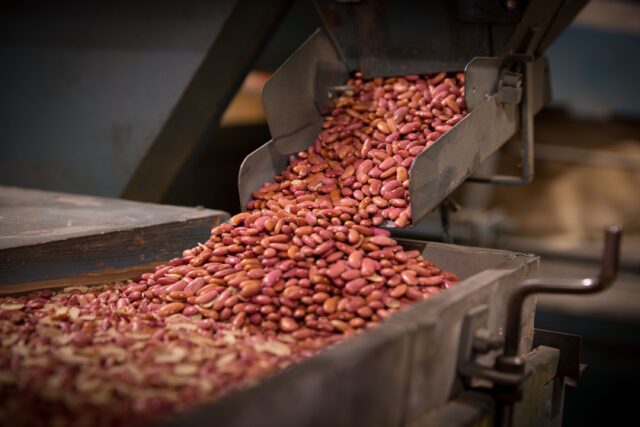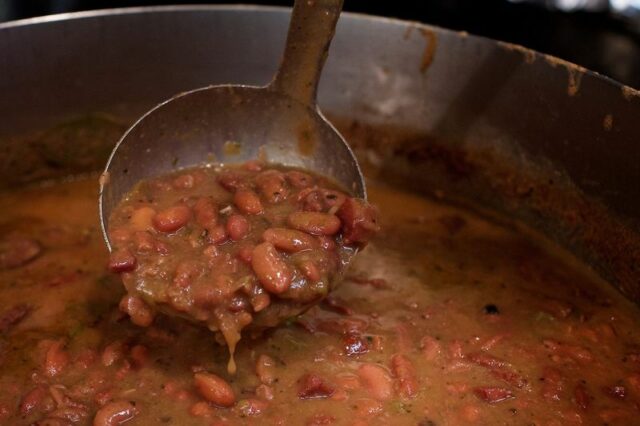Cooking Red Beans, Serving Comfort: Remembering Katrina 20 Years Later
Hurricane Katrina and Camellia Beans: A Story of Community Resilience
Twenty years ago, on the tragic day of August 29, 2005, Hurricane Katrina made landfall and caused havoc across Louisiana and Mississippi coastal communities. One city in particular, New Orleans, took a turn for the worse as levees broke and waters bled into the neighborhoods that sat below sea level, leaving families displaced, streets flooded, and the city struggling to keep people safe and fed.
During the chaos, a familiar staple of New Orleans cuisine—the red kidney bean—became the hero of post-storm meals, a comforting source that took on a symbolism of its own: community, continuity, and tradition. Central to this story was Camellia Beans, a 102-year-old New Orleans family-owned company whose dedication to its community extended far beyond its warehouses.
Keeping Track of Family
“I remember we were really concerned about where everybody was, were they safe, what their living conditions might be,” said Vince Hayward, the fourth-generation CEO of the company.
Communication proved nearly impossible. Cell phone towers were down, and landlines had been disconnected by winds and flooding. “So of course, all the cell phone towers were down. The communication was very difficult, and a lot of the communication was about ‘Have you spoken with anyone?’ ‘Have you heard from this person or that person?'”
Despite these challenges, they managed to compile a list of employees and their families—some of whom had been with the company for over three decades. Word eventually spread that trailers were being set up for employees and their families to live outside the factory in Harahan, located in neighboring Jefferson Parish. The facility had lost power for only ten days and sustained no structural damage.
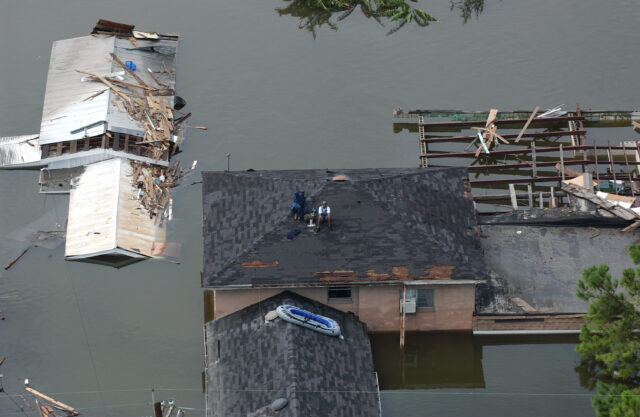
New Orleans, LA–Aerial views of damage caused from Hurricane Katrina the day after the hurricane hit August 30, 2005. Photo by Jocelyn Augustino/FEMA
Stories from the Storm
Vanessa Smith, a 36-year veteran employee at Camellia Beans, who lives in New Orleans, witnessed the devastation and flooding. “The water was coming in. It was getting higher and higher, when the levees broke,” Smith recalls, adding that she witnessed people struggling to survive—and some who didn’t make it through the storm.
“Everywhere you looked, there was obvious destruction and an obvious need,” Hayward said.
The city was almost unrecognizable. “When I first came back into the city, I really was just so surprised by how I really couldn’t recognize it,” said Alon Shaya, restaurateur, cookbook author, and CEO of Pomegranate Hospitality.
Beans as Relief
Once Camellia Beans resumed operations, Hayward said, “We were contacted by people about doing feeding operations. They wanted to know if we had any beans we could donate or get to them because they were helping out areas that were still suffering without power, without any type of utilities or infrastructure. No one was turned away! ”
Relief groups, volunteers, chefs, and everyday people obtained bags of Camellia Beans, by way of Hayward or volunteers delivering beans to a community of makeshift first responders, giving them the means to feed everyone or anyone who was hungry.
A Light Bulb Moment
Jayda Atkinson, a consulting chef and TV personality who had stayed during the storm but later evacuated to Texas, spent three days not knowing where her family was then to learn they were staying in a shelter. She eventually ended up in Atlanta, living “in a FEMA hotel with a bunch of other locals who were trying to figure it out.”
Then inspiration struck.
“Camellia Beans! So I went to Publix, got a bag of Camellia Beans, knowing what beans did for me and my family,” she said. Her grandfather had been the family’s red beans guy! “Whenever grandpa was fixing red beans, we all felt good. So I wanted to offer the same feeling to other people.”
Atkinson started cooking Camellia Red Beans and Rice, and the smell permeated the hallways of the hotel. She set up a table outside her hotel room with plates full of this sacred dish. People flocked to her, some happy and some crying as the meal was a “reminder of home.” From that day forward, she continued making the Camellia Red Beans and Rice. “It became a small act of healing, for me and for others,” she said.
Cooking in Crisis
Shaya found himself cooking at the Walmart on Tchoupitoulas Street, which was serving “sort of as a command center for the National Guard, FEMA, the police, state troopers, and people who had been rescued from their homes.”
He walked through the store and picked up “a big bag of Camellia red beans, a crawfish boil pot, a big propane tank, a bottle of Tabasco sauce, Tony Chachere’s seasonings,” then walked into the parking lot and started cooking red beans.
“I was giving people their first hot meal in several days.”
More Than Food
The humble red-kidney bean—shelf-stable and protein-rich—emerged as the unexpected hero in dark hours for New Orleans.
“Gathering to share red beans and rice with other people from New Orleans was kind of like having communion in church. It’s a reconnection of you with the community and with something more powerful than you as an individual,” said writer Lolis Eric Elie.
“Cooking red beans and rice wasn’t just about food—it was about love, memory, and comfort,” said Atkinson.
While the storm’s waters reshaped the physical landscape, Camellia strengthened its deep roots in the community, proving that in times of crisis, trusted and traditional foods can sustain not just bodies, but a unified hope.
